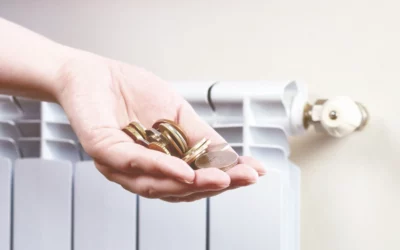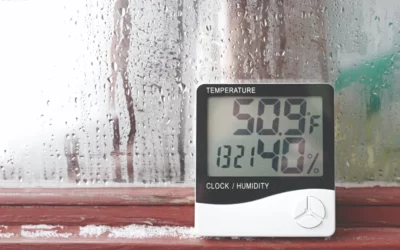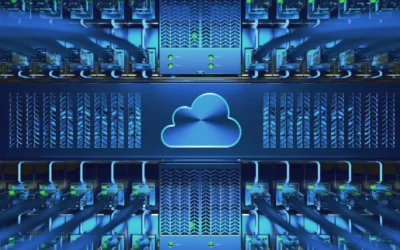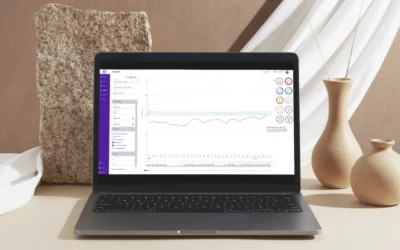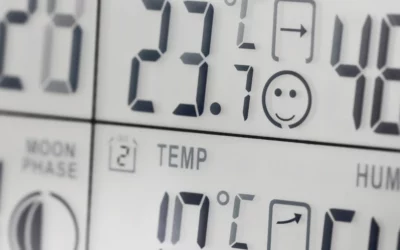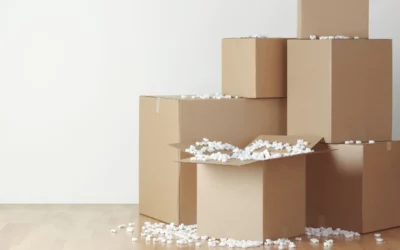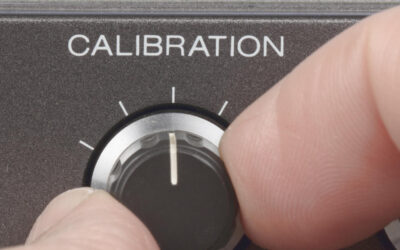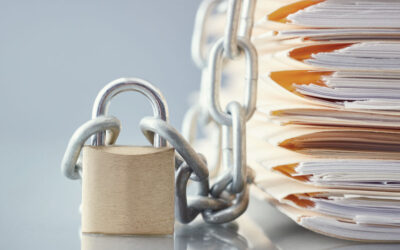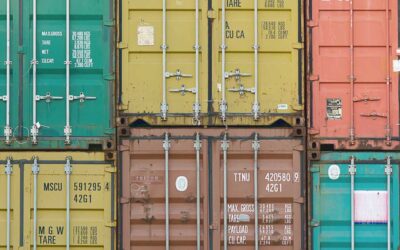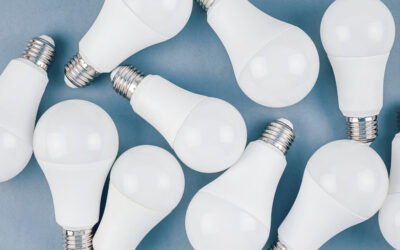Our blog
Insights, news & more
How IoT Museum Devices Can Reduce Energy Consumption
How can you leverage the latest technology to reduce energy consumption? Read about the opportunities for the IoT museum today.
How To Pick a Humidity Data Logger
Initial cost is important, but what else should you be looking for when purchasing a humidity data logger? Here’s a small guide to help you.
IoT Based Environment Monitoring System For Museums
What can IoT based environment monitoring system for museums do? What’s IoT? Let’s leverage 21st century technology for collections care.
Environmental Monitoring Software Made For Collections Care
From saving time to facilitating heritage-specific analytics, make sure you are getting the most out of your environmental monitoring software.
A LoRaWAN Data Logger Designed For Heritage
LoRaWAN data loggers are used today in agriculture, urban planning, healthcare, and industrial engineering. So why not heritage?
Wireless Temperature And Humidity Monitoring System Vs. USB
Upgrade your institution to a wireless temperature and humidity monitoring system. Why is this better than USB data loggers? Find out here.
Selecting A Data Logger For Cultural Property Monitoring
How will your type of cultural property affect your data logger choice? We go through several institution types one by one!
Museum Lighting Color Temperature – Warm Or Cold?
How do you pick the correct museum lighting color temperature for your collections and your patrons? Read more here.
Art Exhibition Insurance – What To Check For
Five things you should keep in mind when thinking about art exhibition insurance for even permanent collections. Are you covered?
Environmental Monitoring & Library Collection Management
Your main concern for library collection management is related to patron needs. So how can environmental monitoring affect decision-making?
Choosing Packing Materials Before Art Transport
The right packing materials are essential for safe art transport. Read more to reduce the risk of accidental damage to your collections.
Why A Data Logger With Wireless Needs LoRaWAN
What do you know about WiFi, Bluetooth and LoRaWAN? Here are five good reasons why LoRaWAN is best for data loggers working in heritage.
Data Logger Software Options For Collections Care
You may be happy with the data loggers you have, but is the associated data logger software up to speed? Is your software doing what you need?
Wireless Temperature & Humidity Data Logger For Mold Prevention
Mold is naturally everywhere, all the time. Spores are floating around and sitting on surfaces constantly waiting for the right temperature and humidity conditions to sprout...
Data Logger Calibration Best Practices For Collections Care
Data loggers are devices that measure and record environmental parameters such as temperature, humidity, light, and vibration. As opposed to manual spot checkers, they do so...
Art Exhibition Loan Agreement & Environmental Monitoring
If you are planning to loan your artworks or collections to another institution for an exhibition, you know you need to consider the environmental conditions that they will...
Choosing Wireless Data Loggers For Your Traveling Art Exhibits
Traveling art exhibits present unique challenges for collections care professionals. The constant movement of artworks increases the risk of environmental fluctuations, such...
Best Museum Light Bulbs To Support Preventive Conservation
Lighting is an essential element of museum display, but it can also pose a significant threat to the preservation of museum collections. Exposure to light can cause...
Museum Data Loggers – 5 Best Options Available Today
Museum data loggers are critical tools for ensuring the longevity and preservation of museum collections. Choosing the right data logger can significantly impact the...
Best Wireless Data Logger Network – LoRaWAN, Wifi, Or Bluetooth?
Wireless data logger it is! You know you and/or your team are done with manual data collection. Not only does it take you so much time to go around downloading data from...

